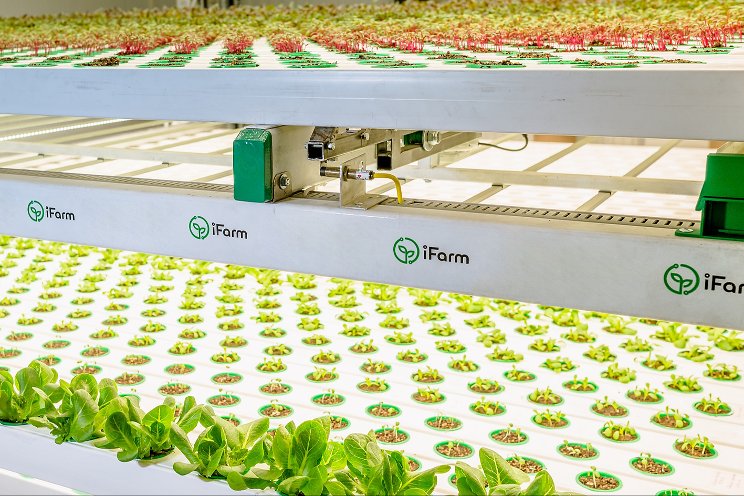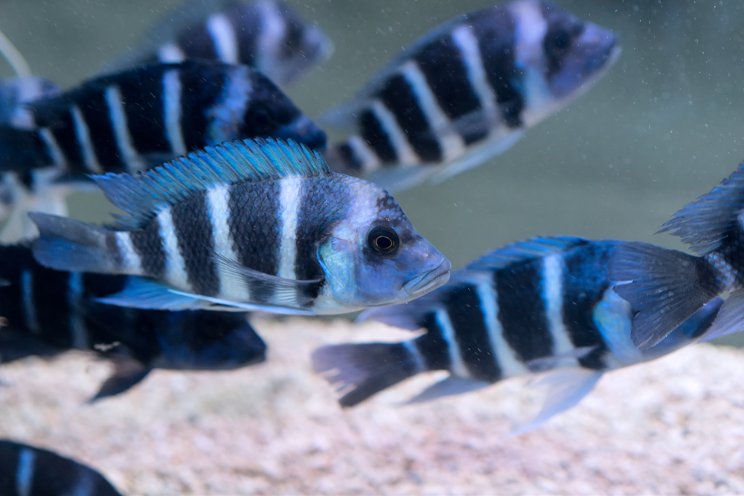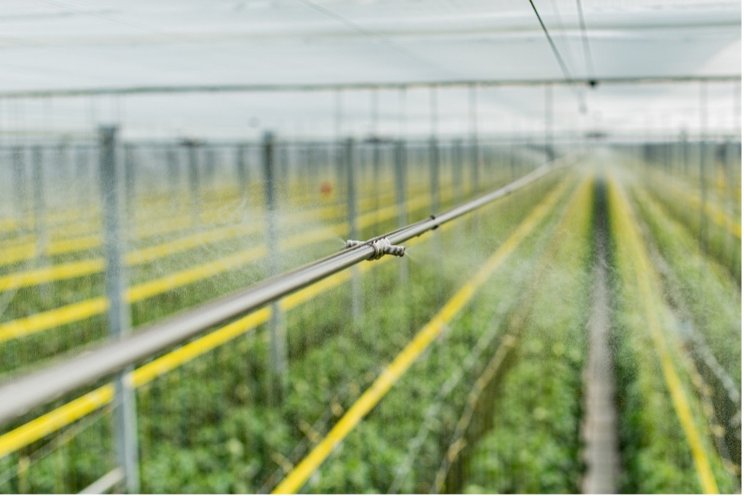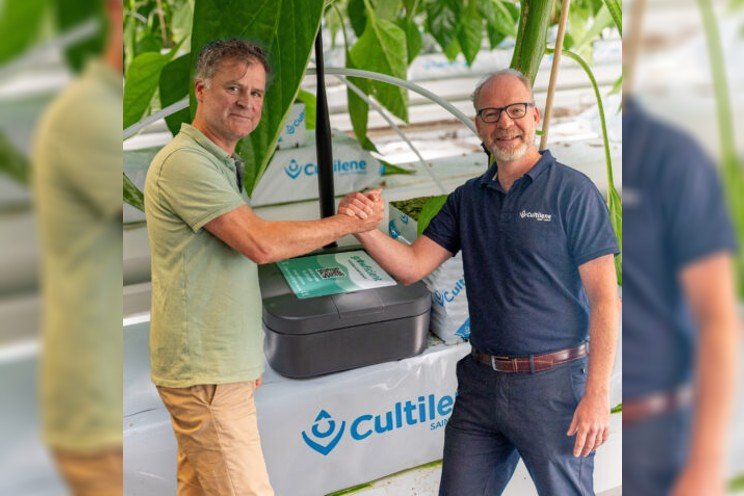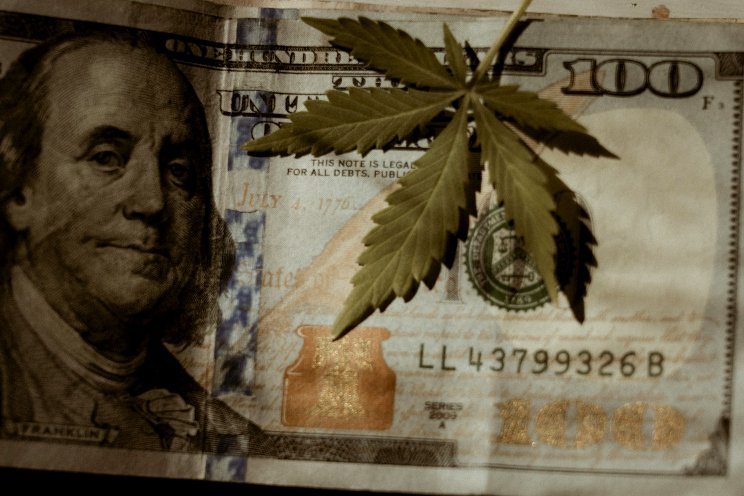Infrared light in your grow room
Added on 16 July 2020
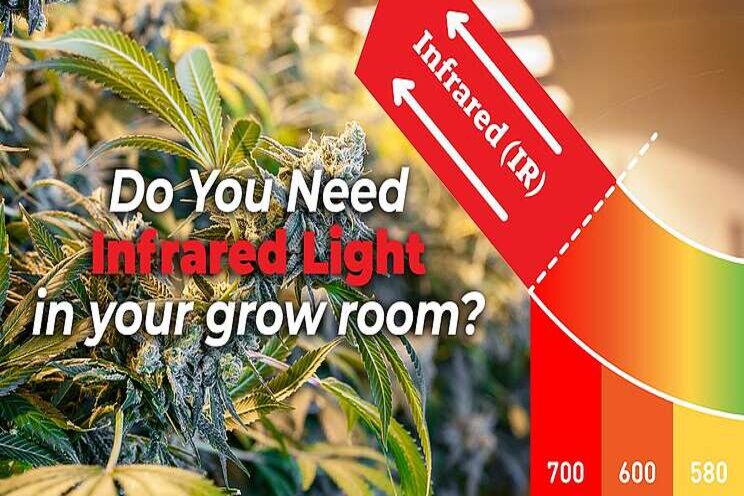
This guide will help you understand what IR light is, how its used in grow lights, and how it can benefit your plants in order to help you decide whether or not you should use IR light in your grow room.
What Is Infrared Light?

Did you know that roughly 49.4% of the light that reaches the surface of the earth is what we call infrared (IR) light, or heat radiation?
You see, visible light actually accounts for less than half of the Sun's radiation. In addition to the wavelengths of light that people are able to see, the Sun also emits light wavelengths that are too short or too long for humans to see, yet we can still feel them. That's IR light.
Infrared light is part of the electromagnetic radiation spectrum, where wavelengths are longer than those of visible light. Typically, IR wavelengths range from 700 nanometers to 1 micrometer. These longer wavelengths are one of the main ways that heat is able to be transferred from one source to another. Longer wavelengths of infrared light produce more heat.
Infrared light is made up of a range of wavelengths:
· Near-infrared — Wavelengths that fall in this range are the shortest in the IR light spectrum. These wavelengths are closest to being visible, and they are used in common objects like your television remote control. Near-infrared lights are not hot.
· Mid-infrared — Wavelengths in this range are warmer than those in the near-infrared range, but are still not considered hot. Using special equipment, scientists and astronomers are able to use mid-infrared light to better observe and study planets and other celestial objects.
· Far-infrared — Wavelengths in this range are hot. This is the type of IR light that is used within grow lights in order to help plants grow and bloom.
In the same way that the Sun is able to emit infrared light that outdoor plants can receive, grow lights can also provide IR light for indoor plants. Some growers hesitate to use this light because they believe the heat it provides will harm their plants, but that's not necessarily true. That's because grow lights are able to provide the right infrared wavelengths that actually trigger plant growth and aid in photosynthesis.
How Do Different Grow Lights Use Infrared Light?

There are three main types of grow lights: high intensity discharge grow lights, LED grow lights, and T5 grow light fixtures. All three of these grow lights are capable of providing infrared light through various means.
High Intensity Discharge (HID) Grow Lights
HIDs provide a lot of infrared light naturally, just by plugging them in. Your plants light via chemical reaction when electricity arcs between two electrodes interact with ionized gas or plasma inside of a bulb. Depending on the type of gas being used, you'll produce white/blue light used for metal halide (MH) lights and ceramic metal halide (CMH) lights, or warm yellow/orange light used in high pressure sodium (HPS) lights.
In between all those wavelengths of light, though, is IR light. In fact, roughly 30% of the light emitted from HID lights is IR light.
LED Grow Lights
LEDs are made up of several diodes, some of which are capable of producing IR light. Most LEDs typically only produce visible light like blue and red wavelengths. So in order to emit infrared light, growers need to add infrared emitting diodes.
The S450 Advance Spectrum MAX LED Grow Light Panel is a great example of an LED that includes IR light. It features an infrared diode with an IR wavelength reading of 710 for boosted resin production.
T5 Grow Lights

In the same way as HIDs, T5 lights produce light with an electrical current and a chemical reaction. Like their HID counterparts, T5 lights — such as the Yield Lab Complete 54w T5 Four Bulb Fluorescent Grow Light Panel (6400K) — give off some infrared light but not a ton.
That said, growers can incorporate infrared LED grow light diodes with their T5 light fixtures, or buy separate bulbs for their fixtures that provide IR light. The S180 Advance Spectrum MAX LED Grow Light Kit is a compact option as it's a smaller-sized LED panel that still includes an IR light diode.
How Does Infrared Light Affect Plants?
Though infrared light does not technically fall into the visible light spectrum needed for photosynthesis, it does help. IR light gives your plants a little bit of heat radiation that actually stimulates growth in three ways:
Better Blooming

Researchers and horticulturists have found that infrared light helps plants bloom. This is due to a type of photoreceptor that plants contain called phytochromes. Phytochromes help regulate processes that are critical to plant development, such as leaf expansion, stem growth, and blooming- and IR light is what helps stimulate that growth.
A plant's phytochromes spend all day receiving light, and its structure changes depending on how much light it receives. This gives plants the ability to know what the current season is and the time of day that will help regulate its growth.
Growers can use infrared light to "manipulate" your plant's senses, thus altering the plants' growth process. Phytochromes react strongly to infrared light, so exposure to this light will make a plant think that it is experiencing the same amount of light that it would if it was growing outside during any given season.
IR light is a big reason why you don't have to wait for the summer to grow plants, nor the winter to harvest them. They get the IR they need to grow from your lights, not what's seasonally available by the sun.
Increased Plant Growth

Another benefit of exposing your plants to infrared light is increased plant growth. Because plants need sunlight for photosynthesis, they have automatic defense processes that kick in when their exposure to sunlight is threatened by other plants. Rather than risk receiving insufficient sunlight, the plants stretch and grow toward the light to rise above any plants that might otherwise receive all of the sunlight.
When plants are covered by other plants, they can lose direct sunlight exposure, and they tend to receive light through the taller plants' leaves. This results in your plants taking in high levels of infrared light, which triggers the plants' survival mechanism, subsequent stretching and growth.
When combined with other forms of light that aid in branching- like all blue LED grow lights- and producing a desirable plant shape, IR light help aid in rapid plant growth.
Should You Use Infrared Light in Your Grow Room?

Absolutely! In fact, in the case of HID's you don't really have a choice (which is a good thing). Even with LED grow lights and T5's having a boost of IR is beneficial to your plants.
However, before you take the leap and begin using infrared light in your grow room, it is important to weigh a few key factors:
· Your plants' specific needs — IR light has the potential to help plants grow and bloom due to its interaction with their phytochromes. However, if your lights give off more much IR than your plants can handle it can ruin the plant.
· Your desired plant shape— Because IR light triggers plants to stretch and grow, it can cause plants to be bigger, more stretched-out versus being tight and compact. Consider how much room you have for your plants to stretch out if and when IR is introduced.
· Safety precautions — Overexposure to IR light can cause damage to your plants, and it can also be dangerous to you. If you use grow lights that emit infrared light, make sure to monitor your exposure to this light and wear protective gear that will prevent burns or heat damage. You should also make sure you are able to move plants further away than normal so that they do not receive any heat damage, especially with LED grow lights..

· Cost — Since IR light is not integral to your plant's survival or development, you should consider the costs of incorporating it into your grow lights. For instance, if you use HPS lighting, you will need to integrate some sort of specialized HVAC system to regulate the heat emitted from the IR light. This can be costly both to install and to maintain. As you decide whether or not to incorporate IR light into your growing operation, you need to see if the benefits mentioned above outweigh any related costs.
In the end, IR light may not be a necessity, but it offers plenty of advantages that can significantly improve your plants' growth and your overall growing operation. IR light stimulates growth, bloom, and photosynthesis. When you effectively use IR light for plants, you will see major benefits that would not otherwise be possible.
Source and Photo Courtesy of Growace
Source: Growace
More news
